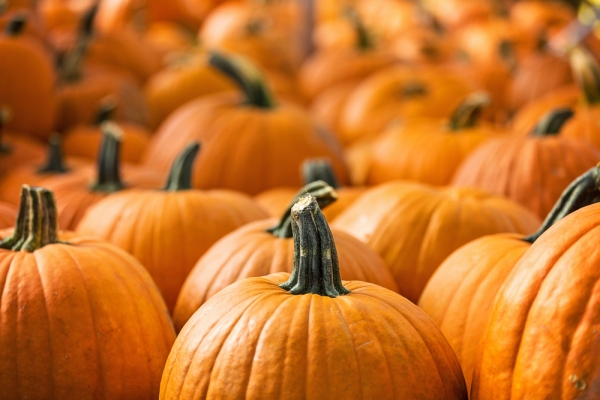It’s already started: the time of pumpkin-flavored everything. Though many are cynical about the abundance of pumpkin, there’s no denying its power as a product. It’s estimated that we spend around $300 million a year, mostly between September and November, on products that at least kind of smell and taste like fall.
Essentially, people are going bananas for pumpkin. In fact, it’s one of the only vegetables that can claim a fandom. The thing is, most of the pumpkin products you can find this time of year don’t contain any pumpkin at all, just fake, processed pumpkin flavoring.
Take for example the ever-popular Pumpkin Spice Latte from Starbucks. The beverage doesn’t contain any actual pumpkin, just artificial flavoring. The same can be said for the new Pumpkin Spice Oreos and many other products that will appear on shelves in the next few weeks.
Though the lack of pumpkin is disturbing, it’s not the worst part of these pumpkin pretenders. No, that honor falls to the amount of sugar you’re likely to find in lieu of nutritious pumpkin.
Our friend the 12-oz. Pumpkin Spice Latte with nonfat milk and no whipped cream contains 37 grams of sugar, or about 2.5 tablespoons. According to the World Health Organization, adults shouldn’t consume more than 25 grams of sugar a day. Drink down a PSL and you’ve put yourself in a pumpkin-flavored pickle with regards to your health.
Other pumpkin-flavored treats don’t fare much better on the sugar scale, even if they do contain actual pumpkin. Those pumpkin spice Oreos contain 12 grams of sugar per serving (two cookies), nearly half of the daily recommended amount.
Speaking of actual pumpkin, it’s a legitimate super food. A single cup of pumpkin contains as much potassium as a banana and plenty of fiber. Pumpkin is also rich in calcium and iron, and is a great source of beta carotene.
So if you find yourself craving that pumpkin flavor this fall, stick to the real stuff. You’ll be better off for it.
Also Read:
We Pimped a Homemade Vegan Pumpkin Spice Latte

